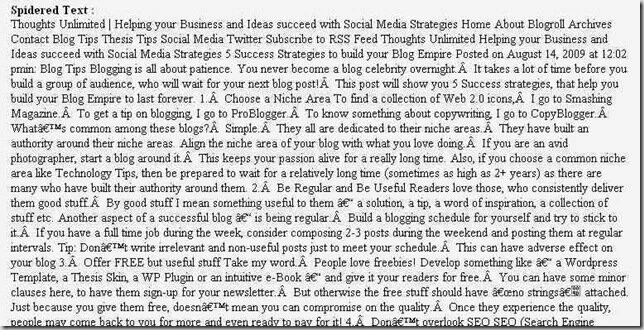I have seen many, who Start a Blog, Love and Live with it for sometime and finally Lose the Motivation and let it die. A lot of hard work in Building the Blog, gets wasted for the Loss of Motivation. If you are one, don’t worry!
There are many others like you and I am one of them too. Here are a few solid tips to keep your Blogging Motivation Alive!
1. Keep Reading
Believe me – the more your Read, the more you feel the urge to Write. Don’t just read content on your Blog’s Niche. Read everything around, that makes sense to your Profession and your Life.
Another side effect of Reading is – you get a lot of Potential Topics and Ideas to write about. Think about reading on a Top Product and the urge to Write a Review about it!
2. Run Blog Series and Regulars
Another main reason to lose motivation – is running short of Content to write. A Simple Way to over come this problem, is to maintain a Blog Series and Regular Posts in your Blog. This also lets your readers know, when and what to expect from your Blog. Some Ideas around this are:
- Choose a Topic and Write a Series of Posts around it
- Write a Weekly/Monthly roundup posts, with links to Top Content in your Niche
- Write Periodic Product Reviews
- Run a Video Tutorial or Interview Series…
3. Invite Guest Writers
What’s better than getting more traffic your way – with not writing a post for sometime. This can be easily achieved, by building a Network of Guest Writers for your Blog.
Deliberately advertise in your Blog, that you are looking for Guest Writers and Invite Applications from them. Offer incentives like AdSense Revenue Sharing, Paid Writing etc.
4. Write in the Mornings
This is my favorite. I write most of my Blog Posts in the morning – at least the Post outlines! I complete them probably later in the day.
You write the best, when your mind is fresh after a Good night’s sleep. Try this magic tip and let me know if that works for you!
5. Keep Promoting your Blog Posts
Use Social Media to constantly promote your Posts. Don’t restrict yourself just to the new posts – but also the old ones which you think are worth propagating. Believe me, the feel of people sharing and talking about your Blog Posts goes a long way towards boosting the Blogging Motivation
Can you think of something else to keep your Blogging Motivation Alive? We are all ears…
Photo Credit: Darcy McCarty






Recent Comments